Workout Equipment You Should Avoid at the Gym
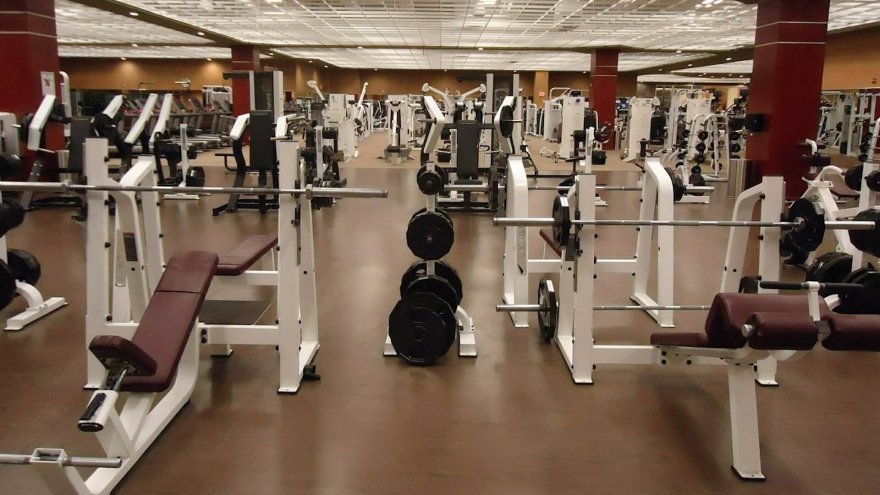
If you are one of the 50 million athletes who belong to a health club/fitness center, no doubt you are familiar with the various types of exercise equipment—from cardio machines— ellipticals, stationary bikes, treadmills and rowers— to strength-training machines like the Nautilus system to free weights— barbells, dumbbells and kettlebells— to novelty equipment like suspension training systems.
Obviously, the focus of your training will dictate the equipment you use. Maybe you are a runner who does some strength training at the gym. Maybe you occasionally use the cardio equipment for cross-training purposes or to maintain a consistent training schedule when the weather conditions are potentially treacherous. Maybe you are recovering from an injury and want the low-impact option of a swimming pool or the elliptical machine.
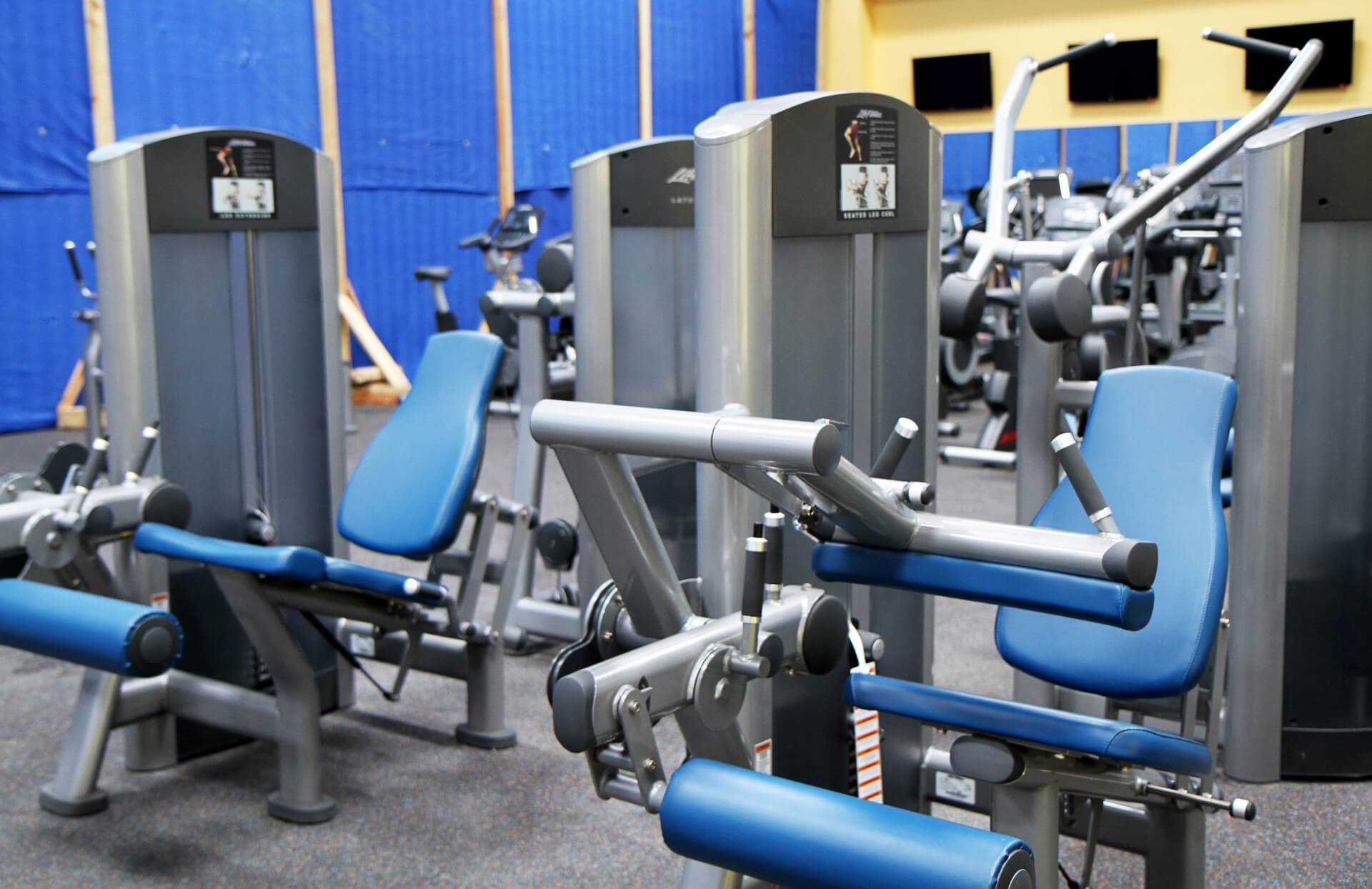
Regardless of the reason, no doubt you want to maximize your time in the gym— realize the benefits and avoid injury. You might want to skip the following pieces of equipment that may be only marginally effective and sometimes even downright dangerous.
Five Machines to Avoid
B.J. Gaddour, fitness expert and owner of StreamFIT.tv, says that in addition to sitting on most strength-training machines, many isolate only a single muscle, decreasing the amount calories burned as well as muscles mass gained.
He notes that using free weights allows your body to move in a natural motion whereas using machines keeps your body in a fixed, static state that can result in a smaller range of motion, which can increase your chances for injury.
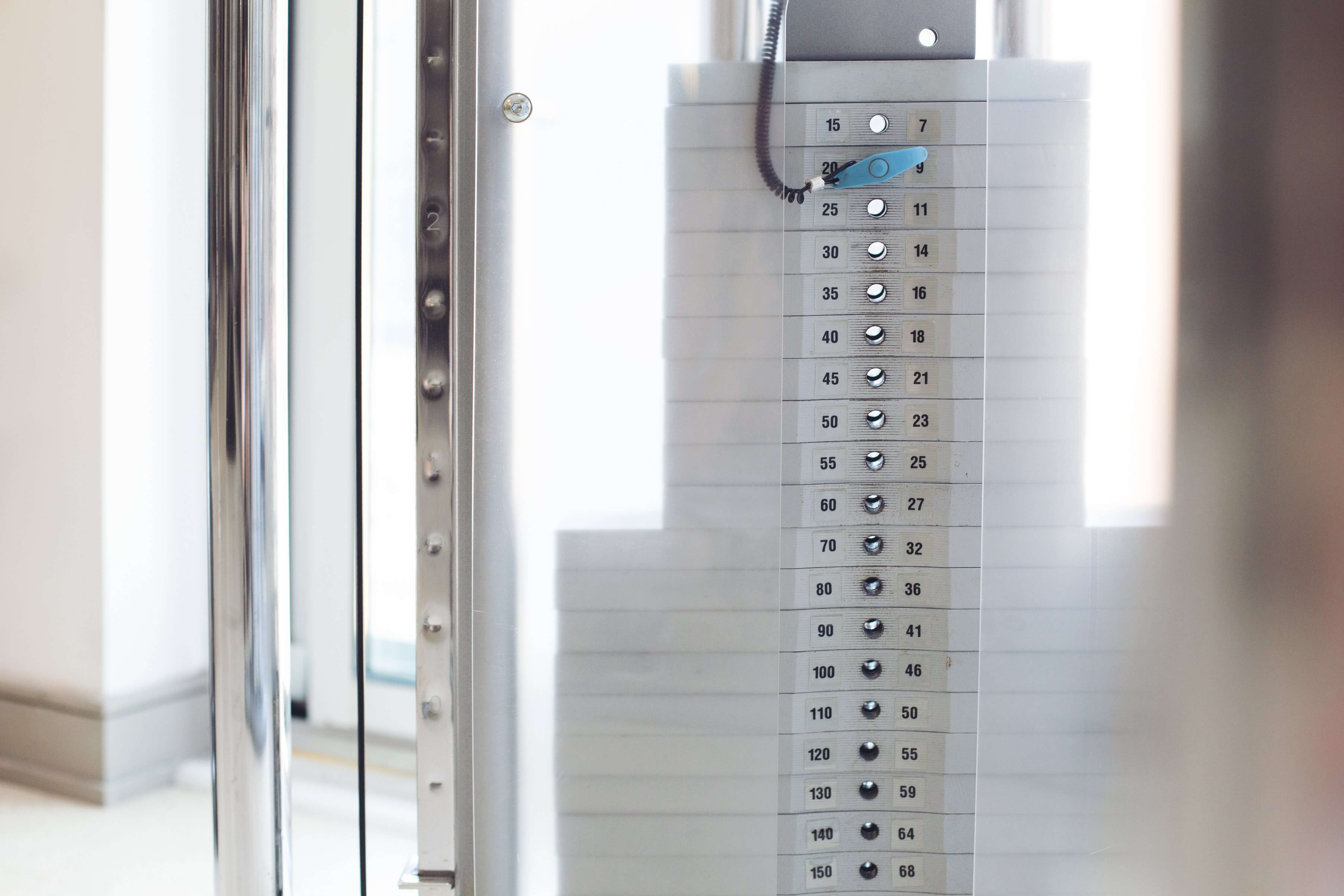
In spite of having adjustable seats and pegs, often you are improperly positioned to lift the weight optimally. Because most machines are made for those of average height, those who are either below or above average height may have difficulty positioning themselves in the best position on each machine.
According to Gaddour, you should skip these five machines:
- Lying leg press: Gaddour explains that because your legs are relatively strong, you may have to load more weight on the machine to provide enough resistance. The problem is that most of that weight directly impacts your lower back, which could cause an injury such as a herniated disk.
- Seated leg extension: This machine can cause unnecessary compression of the knee joint, leading to cartilage breakdown and knee pain because the machine’s weights are positioned so close to the ankle.
- Seated chest press: If one of your arms is naturally weaker than the other, continued use can result in a muscle imbalance because the stronger arm does more work during the contraction.
- Hip adductor/abductor: This machine works very few muscles and can cause tightness in the iliotibial band and stress on the spine.
- Loaded standing calf raise: Because the weight on this machine is borne by the shoulders, the impact of the weight pushes down on your back before it ever reaches your legs.
Watch Your Form
Some gym equipment can be dangerous due to user error. Seated on a machine improperly or performing the lift with incorrect form and too much weight can result in injury.
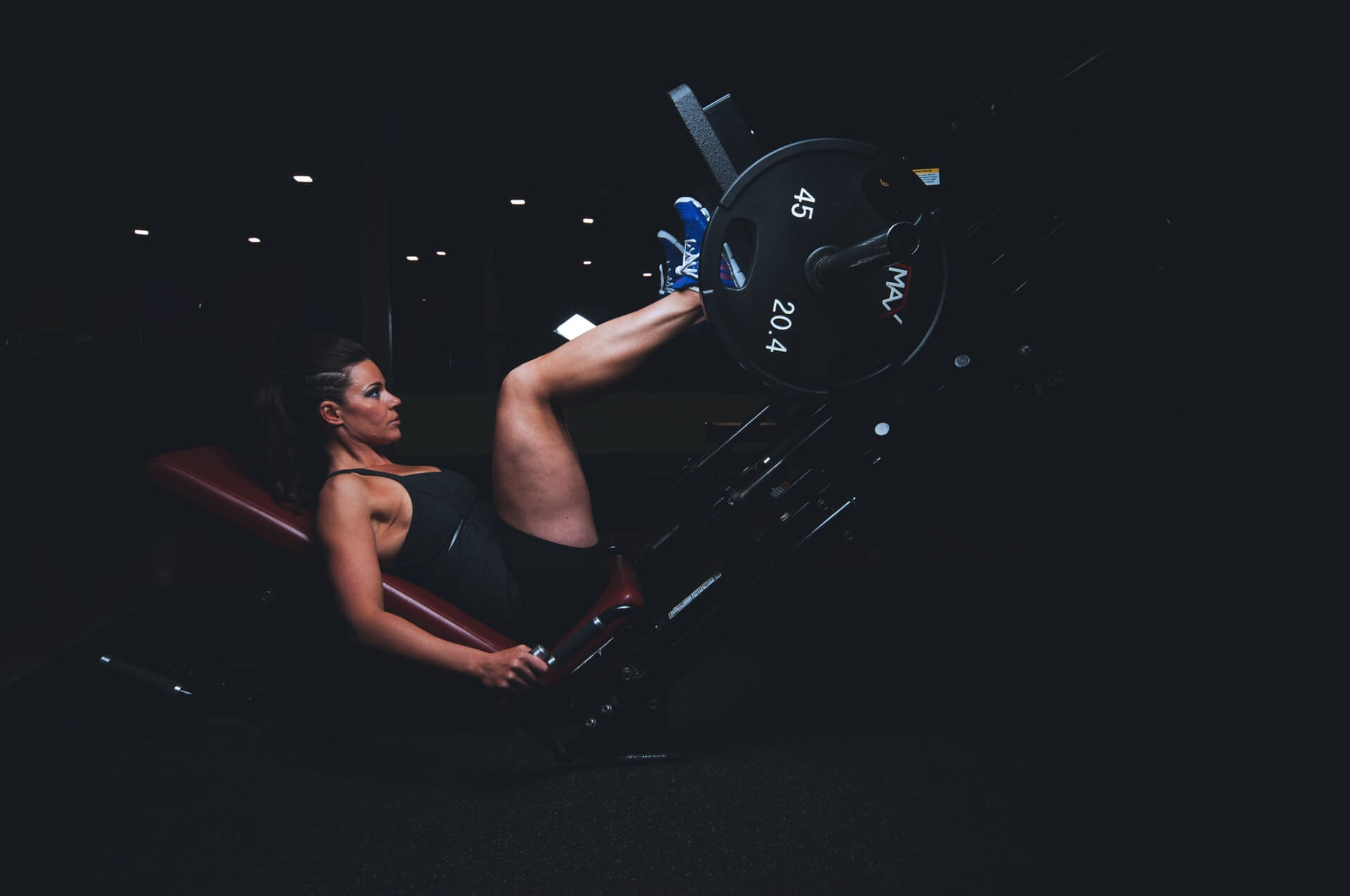
In an article on Prevention.com, professionals at Crunch Fitness pointed out the following mistakes when using the corresponding machine.
- Pec fly machine: Don’t round your upper back as it puts stress on the fronts of the shoulders and doesn’t work your chest muscles. Improper form can lead to shoulder joint injuries. Sit tall, squeeze your glute muscles and press your back against the seat back to avoid injury.
- Assisted pull-up machine: The platform that you stand on moves up and down, depending on the amount of weight placed on it. Users can fall getting on or off if they are not careful.
- Hyperextension machine (aka Roman chair): Starting the movement in a rounded position and exploding up too quickly can lead to back injuries and herniated disks. Butch Sand, Crunch personal trainer, explains that back muscles are slow-twitch muscles and don’t require explosive movement to get stronger. Do the movement in a slow, controlled manner.
- Ab crunch machine: Because this machine uses the additional movement of both arms and legs to perform the crunch, it puts undue pressure on the lower back and spine, particularly the muscles that straighten and rotate the back, it can cause disk injury with prolonged improper use.
According to biomechanics expert and owner of Perfect Postures Aaron Brooks, the Smith machine may be the most “versatile bad-for-you piece of equipment in the gym.” On the Smith machine, the barbell is locked into the supports on either side and slides up and down. The fixed position of the bar can’t accommodate for discrepancies in arm length, for example, and pre-existing imbalances will continue to be strengthened. In addition, the predetermined path of the weight forces the body to move in a specific way, which can lead to injuries to major muscles.
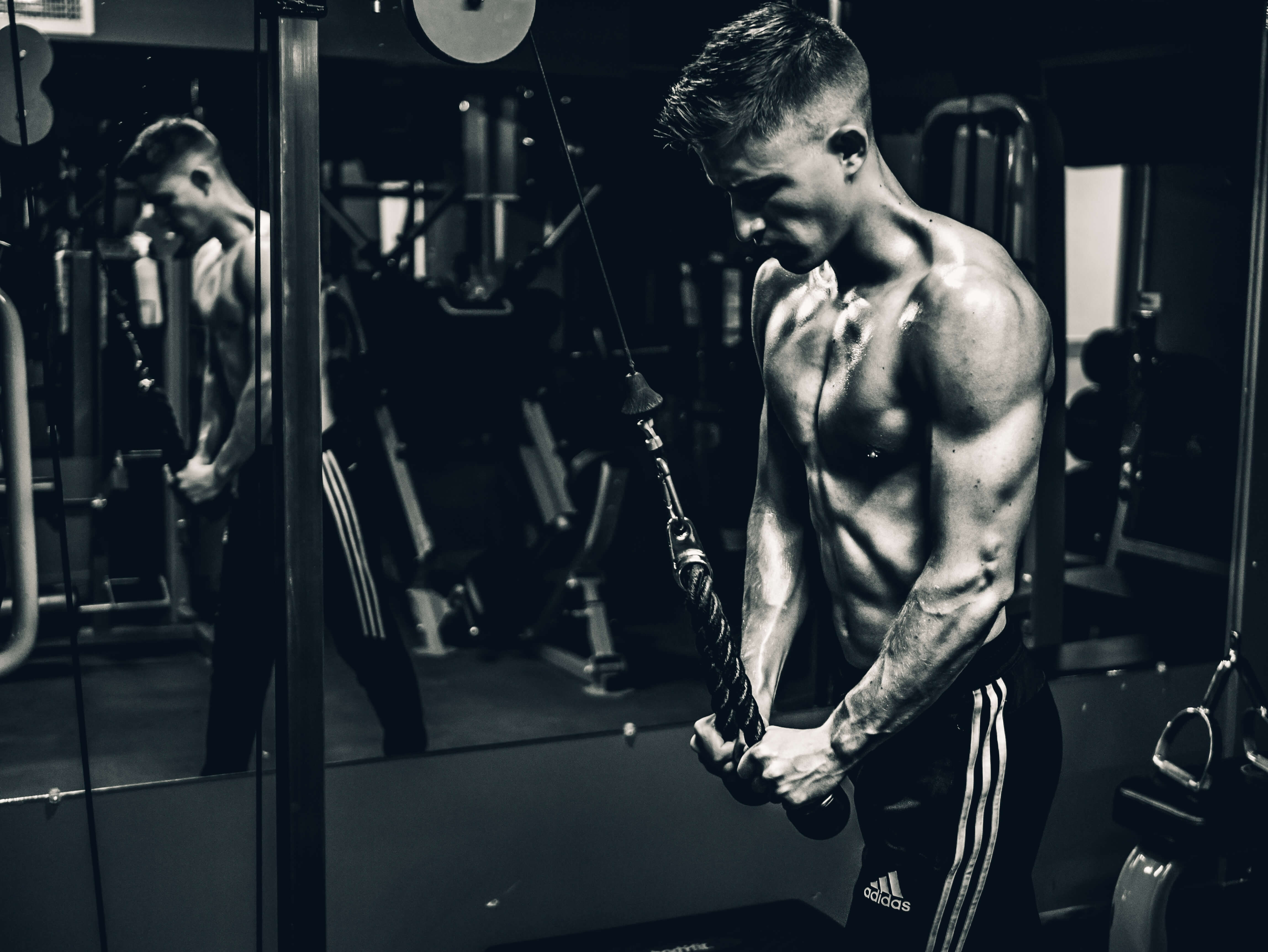
Selecting the wrong exercise equipment or using improper form is one of the most common ways to become injured at the gym, asserts Neil I. Pire, a spokesman for the American College of Sports Medicine. He explains that just because an exercise or a piece of equipment is right for one person, doesn’t mean it’s right for everyone. He further notes that it is important to know your body and your limits. For example, if you are recovering from injury or surgery, have a bad back, high blood pressure or another pre-existing condition, let your personal trainer know so that he or she can customize your workout regimen to your current level of fitness and ability.
If you are interested in using the machines noted above or really any equipment in your gym, consult with a gym professional for specific instructions on how to use the equipment properly so you can reap the benefits while avoiding unnecessary injury. In addition, if you would rather not use a specific piece of equipment, a personal trainer or gym professional can demonstrate alternate exercises that work the same muscle or muscle groups so you can achieve the same—or even better—results.
Sources
- , 6 Gym Health Hazards, web site
- , 7 Most Dangerous Pieces of Gym Equipment,
- , 5 Exercise Machines You Should Never Use at the Gym, web site
- , 7 Exercises and Gym Machines to Skip, web site
Latest Articles
 Is Running on a Treadmill Easier Than Running Outside?Runners have their own preferences, whether it is treadmill running, running outside on the road, or exploring trails. So...
Is Running on a Treadmill Easier Than Running Outside?Runners have their own preferences, whether it is treadmill running, running outside on the road, or exploring trails. So... Is It OK to Use Trail Running Shoes on the Road?While trail running shoes can be used on roads, especially in situations where a runner encounters mixed terrains or pref...
Is It OK to Use Trail Running Shoes on the Road?While trail running shoes can be used on roads, especially in situations where a runner encounters mixed terrains or pref... How to Fix Sore Quads After Running?Rest, ice, gentle stretching, and over-the-counter pain relievers can help soothe sore quads after running. Also, ensure ...
How to Fix Sore Quads After Running?Rest, ice, gentle stretching, and over-the-counter pain relievers can help soothe sore quads after running. Also, ensure ... 10 Fruits With The Most Electrolytes to Replace Sports DrinksThese fruits are high in electrolytes such as potassium, magnesium, and calcium, essential for hydration, muscle function...
10 Fruits With The Most Electrolytes to Replace Sports DrinksThese fruits are high in electrolytes such as potassium, magnesium, and calcium, essential for hydration, muscle function...

